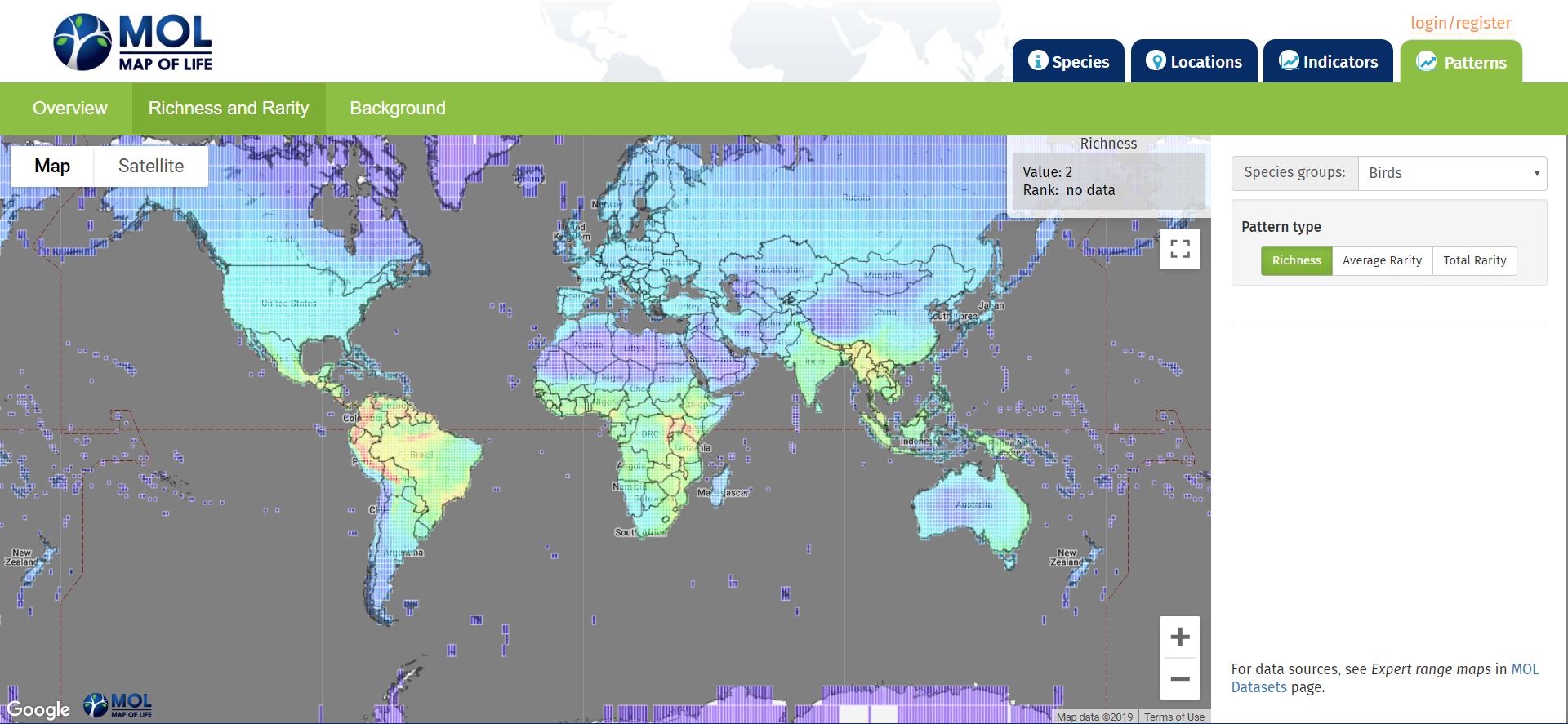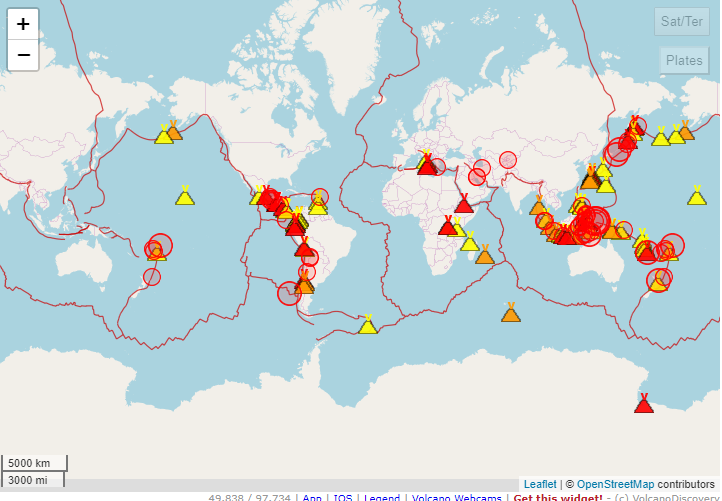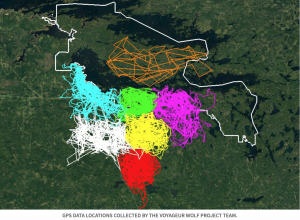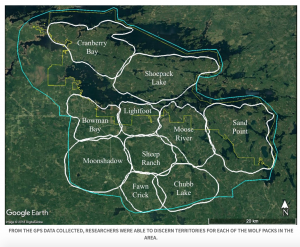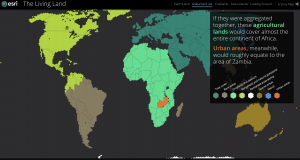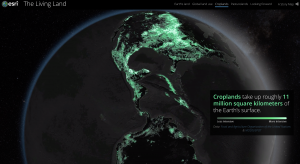The National Geologic Map Database (NGMDB) is managed by the US Geological Survey (USGS) and Association of American State Geologists (AASG). They recently released MapView beta, which combines over 25,000 regional, state, and local geologic maps into one data viewer. Although there are other interactive geologic maps, this one is among the most detailed. As the user zooms in and out, a number in the upper left corner displays how many maps are in view, with citations. This tool is probably best used at state scales. Geologic features cross state lines, but different states are symbolized with different color scales.
Knowing the local geology is important because it has informed patterns of human development and socioeconomics more than people realize. The placement of America’s largest cities is largely due to local geology. Geology affects resource availability and ease of access or development, both of which have tremendous effects on human history. Geology provides a more detailed view of the landscape than meets the eye. And rocks are just plain cool!





